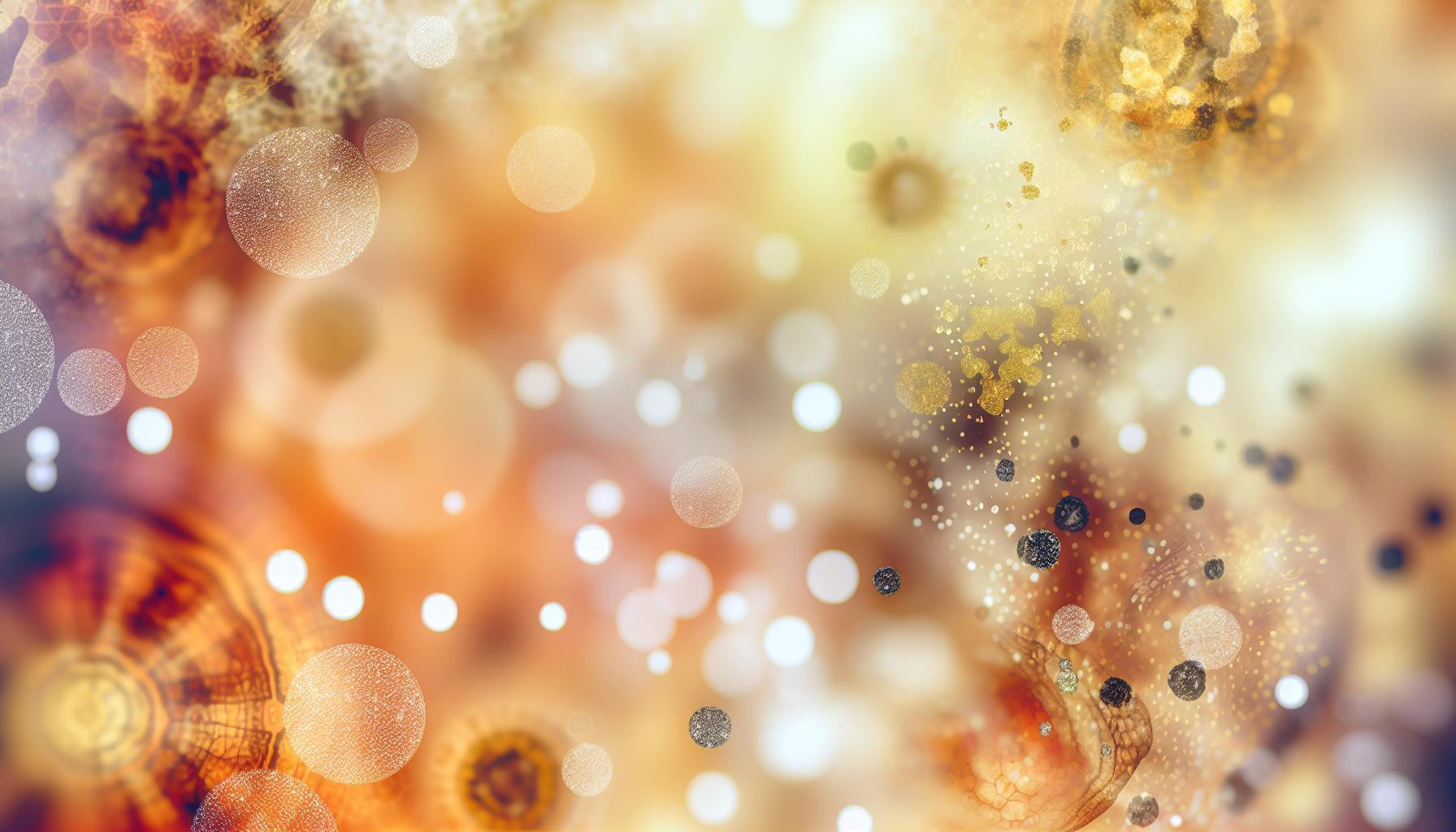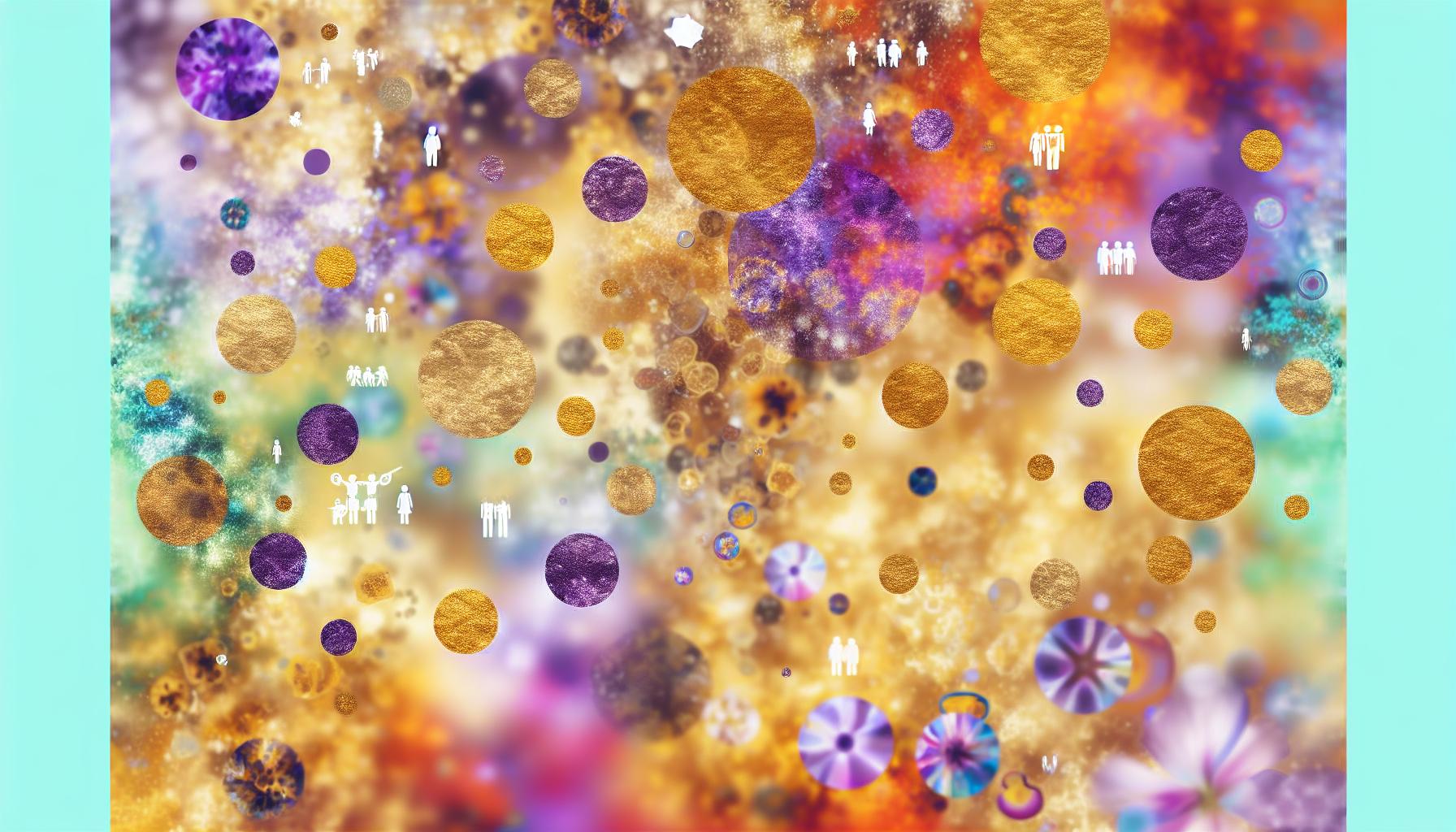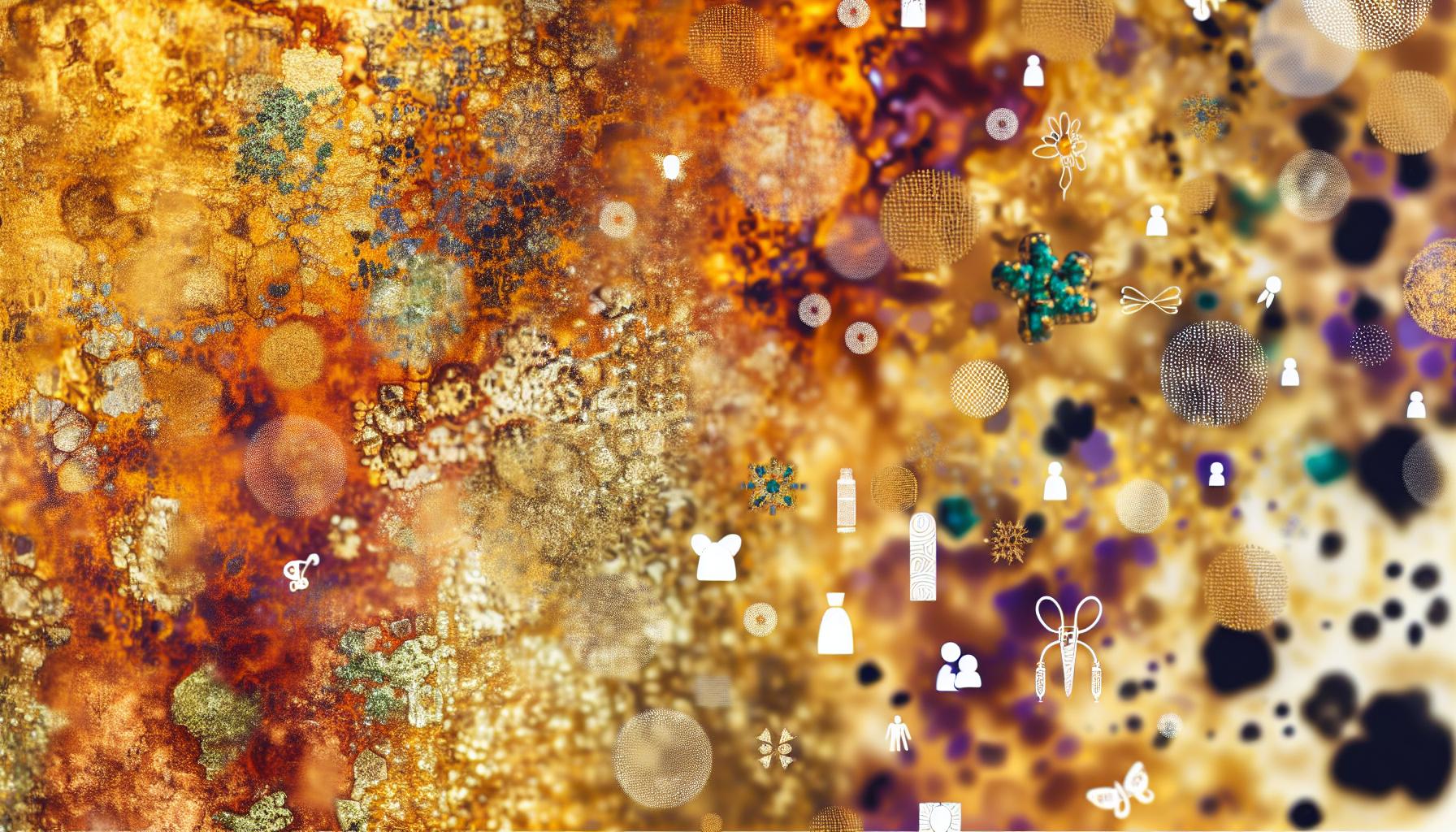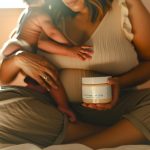Wondering if a popular skincare treatment is safe for breastfeeding mothers? as new moms navigate self-care while prioritizing their baby’s health, the question of whether hydrafacial treatments are appropriate during this time is crucial. This guide will clarify the safety of Hydrafacials for nursing mothers and provide essential insights to help you make informed skincare choices.
Understanding Hydrafacial Treatments: What Parents Need to Know
Did you know that the skin can be deeply affected by hormonal changes, especially during and after pregnancy? for new parents looking to rejuvenate their skin post-delivery, the discussion about hydrafacial treatments is more relevant than ever. Understanding how these non-invasive procedures work, especially for breastfeeding mothers, can help them make informed decisions about their skincare routine.
What is a Hydrafacial?
A Hydrafacial is a multi-step facial treatment that combines cleansing, exfoliation, extraction, hydration, and antioxidant protection, all in one session. this innovative treatment is designed to improve various skin issues such as dryness, fine lines, and uneven tone. The gentle approach of a Hydrafacial makes it an appealing option for many, including new moms who may be navigating the challenges of postpartum skin.
- cleansing: Removes impurities and excess oil.
- Exfoliation: Helps to slough off dead skin cells.
- Extraction: Clears out clogged pores without discomfort.
- Hydration: Infuses the skin with age-defying antioxidants and peptides.
Is It Safe for Breastfeeding Mothers?
Safety is often a primary concern for breastfeeding mothers considering a Hydrafacial treatment. According to the complete insights from the Hydrafacial Breastfeeding Guide, these treatments are generally considered safe, as the products used during the procedure are typically free from harmful chemicals and toxins. Though, it is indeed recommended for mothers to consult with their healthcare provider before scheduling a session, especially if they have specific skin concerns or medical conditions.
Potential Considerations
While Hydrafacials can be beneficial,mothers should keep certain factors in mind:
| Consideration | Description |
|---|---|
| skin Sensitivity | Hormonal changes may cause increased sensitivity. |
| Postpartum Recovery | Wait until your body has had time to heal—typically a few months post-delivery. |
| Consultation | Always discuss with your dermatologist or healthcare provider. |
By considering these factors, parents can confidently embrace skincare treatments that align with their postpartum journey, enhancing their overall well-being as they navigate parenthood. Understanding the dynamics of such treatments ensures that moms can enjoy effective skincare while prioritizing their health and the safety of their breastfeeding experience.
Safety Considerations for Breastfeeding Moms Receiving Hydrafacials
The journey of motherhood is filled with many delightful milestones, and for many new moms, finding time for self-care is crucial yet challenging. If you’re a breastfeeding mother considering a Hydrafacial, it’s essential to ensure that both you and your little one stay safe throughout the process. Understanding the nuances of skincare and its potential impacts during lactation can definitely help you make informed decisions.
Consultation with Professionals
Before undergoing any aesthetic procedure like a Hydrafacial, it is wise to consult with both your healthcare provider and your esthetician. They can provide tailored advice based on your individual health conditions and the safety of products used in these treatments. Some key questions to consider during the consultation include:
- Are there specific ingredients in the Hydrafacial products that should be avoided during breastfeeding?
- Will the treatment involve any procedures that might cause skin permeability changes?
- What aftercare advice should I follow to ensure the safety of my baby?
Choosing safe Products
The products used during a Hydrafacial can vary widely in their formulations.As a breastfeeding mom, it’s crucial to choose treatments with safe and non-toxic ingredients. Opt for facials that are free from harsh chemicals, retinoids, and certain acids that may have adverse effects when absorbed through the skin. Always do your research or ask for the ingredient list to ensure they align with breastfeeding safety standards.
| Ingredient | Safety status |
|---|---|
| Hyaluronic Acid | Safe |
| Salicylic acid | Avoid |
| Retinol | Avoid |
| vitamin C | safe |
Timing Matters
Another essential aspect to consider is the timing of your Hydrafacial treatments. It might be advisable to schedule your appointment during times when your baby is fed and comfortably sleeping. This not only minimizes any distress for your child but also allows you to relax fully and enjoy the treatment without distractions. Additionally, it is indeed beneficial to avoid facials during periods of heightened stress or exhaustion, wich are common in the early stages of motherhood.by following a few safety protocols—like consulting professionals, selecting safe products, and timing your appointments wisely—you can enjoy the rejuvenating benefits of a Hydrafacial while confidently nurturing your breastfeeding journey. Keeping informed and prepared makes all the difference in ensuring that self-care remains a stress-free part of motherhood.
Choosing the Right Timing: When to Schedule Your Treatment
Finding the Optimal Moment for Your Hydrafacial
Timing can make all the difference when it comes to scheduling your Hydrafacial, especially for breastfeeding mothers who want to ensure both their skin and infant’s health remain a top priority. A well-planned treatment can enhance your skincare routine without conflicting with your breastfeeding schedule, promoting both your vitality and your baby’s well-being. Understanding when to fit in your treatment is crucial for maximizing its benefits and getting the most out of your Hydrafacial experience.
Post-Breastfeeding Window
One of the best times to schedule your Hydrafacial is promptly after breastfeeding. This way, your baby is well-fed, allowing for a peaceful treatment session. By planning your appointment during this window, you can minimize the risk of any trace product entering your breast milk, ensuring peace of mind regarding the safety of your little one. Here’s a simple plan to consider:
- Feed your baby just before your appointment.
- Schedule your Hydrafacial during your baby’s typical nap time.
- Engage a trusted caregiver for the duration of the session.
consider Your Skin’s Needs
Recognizing the specific needs of your skin can also guide your timing. For instance, hormonal changes during the postpartum period can lead to various skin issues such as dryness or breakouts. Adjusting your treatment timeline based on your skin’s condition can enhance the results. Consult with your skincare professional to assess if one treatment might potentially be more beneficial than another and tailor the timing accordingly.
| Skin Concern | Recommended Timing |
|---|---|
| Dryness | Postpartum Months 1-3 |
| Post-Inflammatory Hyperpigmentation | 4-6 Months Postpartum |
| Acne Flare-ups | As Needed |
Incorporating these strategies will help you choose the right timing for your Hydrafacial, ensuring that your self-care routine complements your breastfeeding journey, as discussed in the ‘Hydrafacial Breastfeeding Guide: Can You do It Safely?’. Your skin will thank you for it,and you can feel confident that you’re safeguarding your child’s health as well.
Professional Insights: Expert Opinions on Hydrafacials and Nursing
Understanding the Balancing Act: Hydrafacials and Nursing
As the trend of non-invasive skincare treatments continues to rise, many new mothers are eager to explore options like Hydrafacials even while breastfeeding. Though, the safety and suitability of these treatments can vary substantially, depending on an individual’s circumstances and the substances used during the procedure. Health professionals have weighed in on this topic, providing valuable insights to ensure both mother and baby remain safe while exploring skin rejuvenation.
- Non-Toxic Ingredients are Key: Experts emphasize that when considering any skin treatment while breastfeeding, it is essential to choose services that use non-toxic and hypoallergenic ingredients. Many practitioners are now using products devoid of harmful chemicals, offering a safer alternative for nursing mothers.
- Consultation is Crucial: Pediatricians and dermatologists recommend consulting both your doctor and the skincare professional before undergoing a Hydrafacial. this proactive step ensures that any potential risks are clearly understood and appropriately managed.
- Personal Health History Matters: Healthcare professionals stress the importance of personal medical history; conditions such as skin sensitivities or allergies can influence whether a Hydrafacial is advisable.
Real-World Experience: Testimonials from Professionals
Many practitioners have shared examples of accomplished Hydrafacial experiences among nursing mothers. As an example,Dr. Jane Liu, a board-certified dermatologist, notes that she frequently tailors her clients’ treatments based on their breastfeeding status. She recalls a case where a new mother opted for a hydrafacial just after her lactation started. By using only safe, clean ingredients, Dr. Liu was able to provide a rejuvenating experience without compromising the health of the infant.
Guidelines for Safe Treatments
Based on the expert opinions, here are some practical guidelines for mothers considering Hydrafacials while breastfeeding:
| Consideration | Recommended Action |
|---|---|
| Ingredient Safety | Choose treatments using organic, non-toxic products. |
| Consultation | Discuss with both your healthcare provider and esthetician. |
| Timing | Consider scheduling the procedure during times when breastfeeding is less frequent. |
By adhering to these expert recommendations from the Hydrafacial breastfeeding guide and actively engaging with professionals, nursing mothers can make informed choices that prioritize both their skin health and the safety of their infants.
Post-Treatment Care: Ensuring Comfort and Safety While Breastfeeding
Breastfeeding can be both a beautiful and rewarding experience for new mothers, especially when supported by proper post-treatment care after a Hydrafacial. While the procedure enhances your skin, making you feel rejuvenated, it’s essential to ensure that this newfound glow does not compromise the safety of your breastfeeding journey.
Understanding Your Skin’s Needs
After undergoing a Hydrafacial, your skin may feel skin sensitive or even a bit irritated. To prioritize comfort and safety while breastfeeding, consider the following:
- Hydration is Key: Drink plenty of water and use gentle, hydrating skincare products to maintain skin moisture and promote healing.
- Avoid Harsh Ingredients: Steer clear of retinoids or potent acids in your skincare routine immediately after your treatment.
- Mind Your Clothing: Opt for loose-fitting, breathable tops while breastfeeding to avoid friction against your freshly treated skin.
Safety Considerations for Breastfeeding
One of the essential aspects of the Hydrafacial breastfeeding guide is understanding the implications of any skincare products you might use post-treatment. Check labels and confirm that ingredients are breastfeeding-safe, keeping the following tips in mind:
- Consult Your Healthcare Provider: Always seek advice from a healthcare professional regarding the safety of specific ingredients post-Hydrafacial, especially while breastfeeding.
- Patch Test New Products: If you introduce any new skincare products, perform a patch test on a small area before applying them to ensure no adverse reactions occur.
- Monitor Your Baby: Be aware of any potential reactions your baby may have to your skincare routine; this will help you quickly identify any problematic products.
Post-hydrafacial Self-Care Practices
Maintaining a good self-care routine after a Hydrafacial while breastfeeding not only benefits your skin but also enhances your overall well-being. Here are some efficient self-care practices to incorporate:
| Practice | Benefits |
|---|---|
| Relaxation Techniques (e.g., meditation, deep breathing) | Reduces stress, which can impact skin health and breastfeeding. |
| Gentle Exercise (like walking) | Improves circulation and promotes healing without overexerting yourself. |
| Effective Interaction with Your Baby | Strengthens the bond, making breastfeeding more enjoyable and less stressful. |
Successful breastfeeding after a Hydrafacial involves comfort and mindfulness. By taking these steps, you can ensure a safe and pleasant experience for both you and your baby. Being proactive about skincare routine choices will help you maintain radiance and peace of mind during your breastfeeding journey.
Alternatives to Hydrafacials for New Parents: Exploring Gentle Skincare Options
Did you know that new parents often face unique skincare challenges,especially with the hormonal shifts and sleep deprivation that accompany a newborn? For those looking for gentle and effective alternatives to Hydrafacials,exploring skincare options that are safe during breastfeeding becomes paramount.
Gentle Skincare Alternatives
For new parents, prioritizing gentle skincare can definitely help maintain a radiant complexion without the intensity of a surgical-like facial treatment. here are some effective treatments and products that ensure safety while nourishing the skin during the breastfeeding period:
- Gentle Cleansing Rituals: Opt for mild, fragrance-free cleansers that won’t irritate sensitive skin. Look for products with natural ingredients like chamomile or aloe vera.
- Moisturizing Masks: hydrating masks made from organic, non-toxic ingredients can replenish lost moisture.Avocado, honey, and yogurt masks are great DIY options.
- Hydrating Serums: Incorporate serums with hyaluronic acid or vitamin E to help lock in moisture without clogging pores.
- Physical Exfoliation: Rather of chemical peels, consider using gentle scrubs with fine granules made from oatmeal or sugar to buff away dead skin cells.
Choosing Safe Ingredients
When selecting skincare products, reading labels becomes crucial. Here’s a quick guide on the ingredients to embrace and those to avoid while referring back to the Hydrafacial breastfeeding guide for safety:
| Ingredients to Embrace | Ingredients to Avoid |
|---|---|
| Ascorbic Acid (Vitamin C) | Retinoids |
| Hyaluronic acid | Salicylic Acid |
| Aloe Vera | Formaldehyde |
| Essential Oils (in moderation) | Benzoyl Peroxide |
Using products that are recognized as safe for breastfeeding mothers not only helps in nurturing the skin but also provides peace of mind. Parents can achieve their skincare goals without resorting to intensive treatments like Hydrafacials. Instead, embracing a holistic approach with gentle alternatives will keep the skin healthy and glowing while ensuring the safety of both mother and child.
Listening to Your Body: Signs to Watch For During and After Treatment
Understanding the signals your body sends during and after a Hydrafacial treatment is essential, especially for breastfeeding mothers. Being attuned to these signs can significantly enhance your experience and ensure both your comfort and safety. After all, the goal is to indulge in self-care while prioritizing the health of both you and your baby.
Physical Discomfort
One of the most common responses after a Hydrafacial is mild physical discomfort. It’s important to differentiate between normal effects and potential issues:
- Redness and Sensitivity: It’s normal to experience some redness or slight sensitivity, particularly soon after the treatment. This usually subsides within a few hours.
- Swelling: Mild swelling can occur; however, if this persists or becomes painful, it may warrant a consultation with your skincare professional.
- Allergic Reactions: While rare,allergic reactions to products used in the treatment can happen. Look for signs like increased itching or rash, and report these to your practitioner.
Emotional Well-being
How you feel emotionally can also be impacted by a Hydrafacial treatment. Breastfeeding mothers may experience a heightened sense of awareness,so it’s crucial to be mindful of your mental health:
- Relaxation vs. Anxiety: Some women report feeling relaxed afterward,while others might experience anxiety about the effects of the treatment on breast milk or their baby. Taking deep breaths and practicing mindfulness can definitely help manage these feelings.
- Support System: Having a trusted friend or family member to discuss your feelings can make a significant difference.Don’t hesitate to lean on your support system for reassurance.
consulting with Professionals
A valuable step to ensure your safety post-treatment is to maintain open communication with your skincare practitioner and healthcare provider:
- Follow-Up Appointments: Booking a follow-up appointment can allow for personalized feedback on your skin’s response and address any concerns regarding breastfeeding.
- Breastfeeding Considerations: Discussing specific product ingredients used during your Hydrafacial with both your skincare professional and pediatrician can help you make informed decisions about the safety of breastfeeding after treatment.
| Sign | action to Take |
|---|---|
| Mild redness | Monitor; typically subsides in a few hours. |
| Increased sensitivity | Apply soothing products as recommended by your aesthetician. |
| Persistent swelling | Contact your practitioner for advice. |
| Emotional discomfort | Practice relaxation techniques or seek support from loved ones. |

Frequently asked questions
What is the Hydrafacial Breastfeeding Guide: Can You Do It Safely?
The Hydrafacial Breastfeeding guide addresses concerns about the safety of undergoing a Hydrafacial treatment while breastfeeding. Generally,it is indeed considered safe as the procedure uses non-invasive techniques and skincare products with minimal absorption into the bloodstream.
Hydrafacial treatments focus on cleansing, exfoliating, and hydrating the skin rather than using harmful chemicals. Though, it’s always best to consult your healthcare provider before proceeding, especially while nourished your baby. For more detailed facts, explore our other resources on skincare during breastfeeding.
Can I have a Hydrafacial while breastfeeding?
Yes, you can have a Hydrafacial while breastfeeding, as most products used are safe and gentle. This skincare treatment involves only topical applications that generally do not affect breast milk.
It’s crucial to choose a reputable clinic that uses safe and clean products. Avoid any harsh chemicals or treatments during your session. Always inform your aesthetician about your breastfeeding status. This way, they can adjust the treatment for your peace of mind.
Why should I consider a Hydrafacial post-pregnancy?
Many new mothers consider a Hydrafacial post-pregnancy due to its rejuvenating benefits. This treatment can help in restoring skin vibrancy and addressing issues like dryness and post-natal hormonal changes.
Hydrafacial can also provide deep hydration, making it an excellent option for busy moms who need quick and effective skincare. Additionally, self-care is vital during this transitional phase, and investing in your skin can help you feel refreshed and more confident.
Are there any risks involved with Hydrafacial while breastfeeding?
Risks are minimal with Hydrafacial while breastfeeding, but it’s essential to ensure all products used are safe for nursing mothers. Reactions to certain ingredients can occur, even if they are generally deemed safe.
If you have any specific concerns about skin sensitivities or allergic reactions, it’s wise to patch-test the products beforehand. Discussing your skincare routine with a healthcare provider can provide additional peace of mind.
How does Hydrafacial benefit skin post-breastfeeding?
Hydrafacial offers multiple benefits for skin post-breastfeeding, including enhanced hydration, improved elasticity, and treatment for pigmentation changes. This can help new mothers regain their pre-pregnancy glow.
The treatment can also address common postpartum skin issues such as uneven skin tone or dryness. Regular sessions can result in clearer, healthier skin, making it a beneficial addition to your self-care routine.
What should I look for in a Hydrafacial provider while breastfeeding?
When selecting a Hydrafacial provider while breastfeeding, look for licensed and experienced professionals who understand the nuances of skincare for nursing mothers. Client reviews and recommendations can help with your choice.
Ensure they use high-quality, hypoallergenic products. it’s also essential to discuss your breastfeeding status beforehand, so they can tailor the treatment to fit your needs safely.
How soon after giving birth can I get a hydrafacial?
You may consider a Hydrafacial a few weeks postpartum, depending on how you’re feeling physically and emotionally. Your skin needs some time to recover from the hormonal changes associated with pregnancy and childbirth.
Consult with your healthcare provider to determine the best timeline for you. Self-care is crucial,and a Hydrafacial can be a marvelous way to reconnect with yourself after welcoming a baby.
In Retrospect
navigating the world of self-care while breastfeeding can feel overwhelming,but you’re not alone. The Hydrafacial treatment can indeed be a safe and refreshing option for nursing parents, provided you take necessary precautions and consult with a qualified professional. Remember, prioritizing your own well-being is crucial for both you and your little one.As you continue on this journey, stay informed and empowered by exploring more about skincare and wellness options that fit seamlessly into your life as a parent.Your skin—and your spirit—deserve the care just as much as your baby does. Thank you for joining us in this exploration, and we invite you to continue the conversation and share your experiences as you seek the balance between self-care and motherhood.







